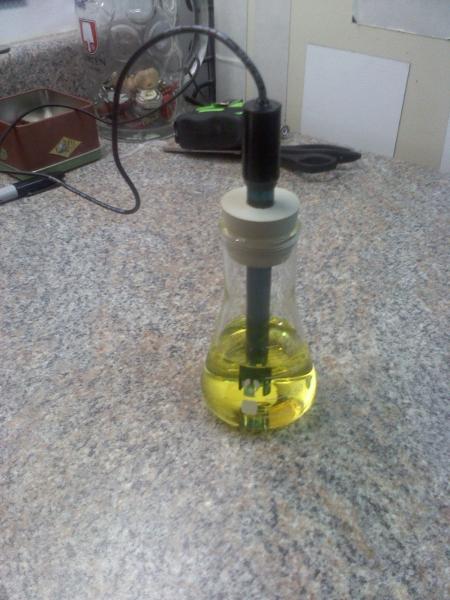I got a pH meter for Christmas. I got a handheld model with a separate probe. It's my third meter as the first two were ruined when the probe dried out as I wasn't brewing often enough.
Anyhow, I was thinking of storing the probe in a small flask and fitting a drilled stopper around the probe. Any reason this wouldn't work?
Thanks.
Anyhow, I was thinking of storing the probe in a small flask and fitting a drilled stopper around the probe. Any reason this wouldn't work?
Thanks.





















![Craft A Brew - Safale BE-256 Yeast - Fermentis - Belgian Ale Dry Yeast - For Belgian & Strong Ales - Ingredients for Home Brewing - Beer Making Supplies - [3 Pack]](https://m.media-amazon.com/images/I/51bcKEwQmWL._SL500_.jpg)




































